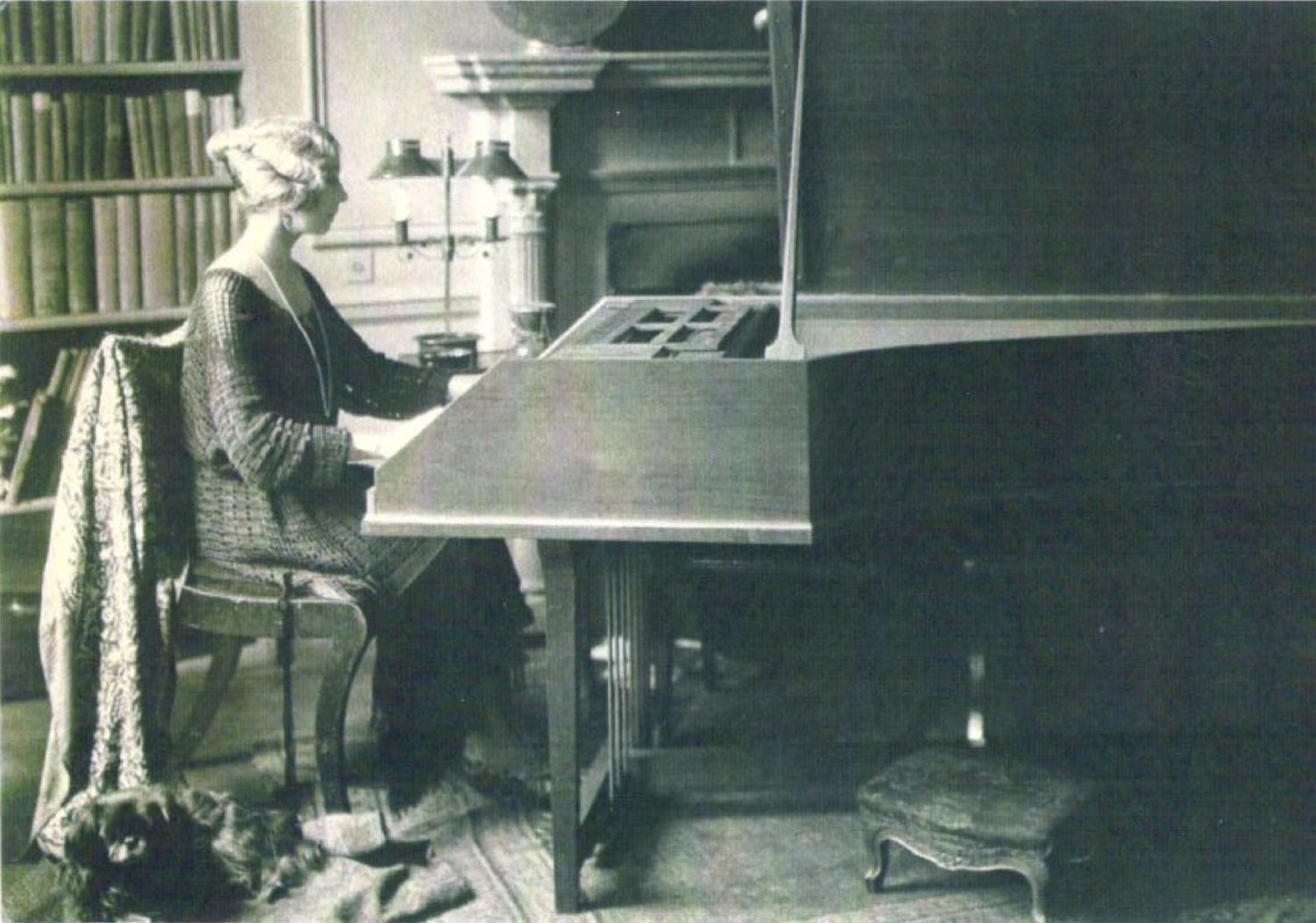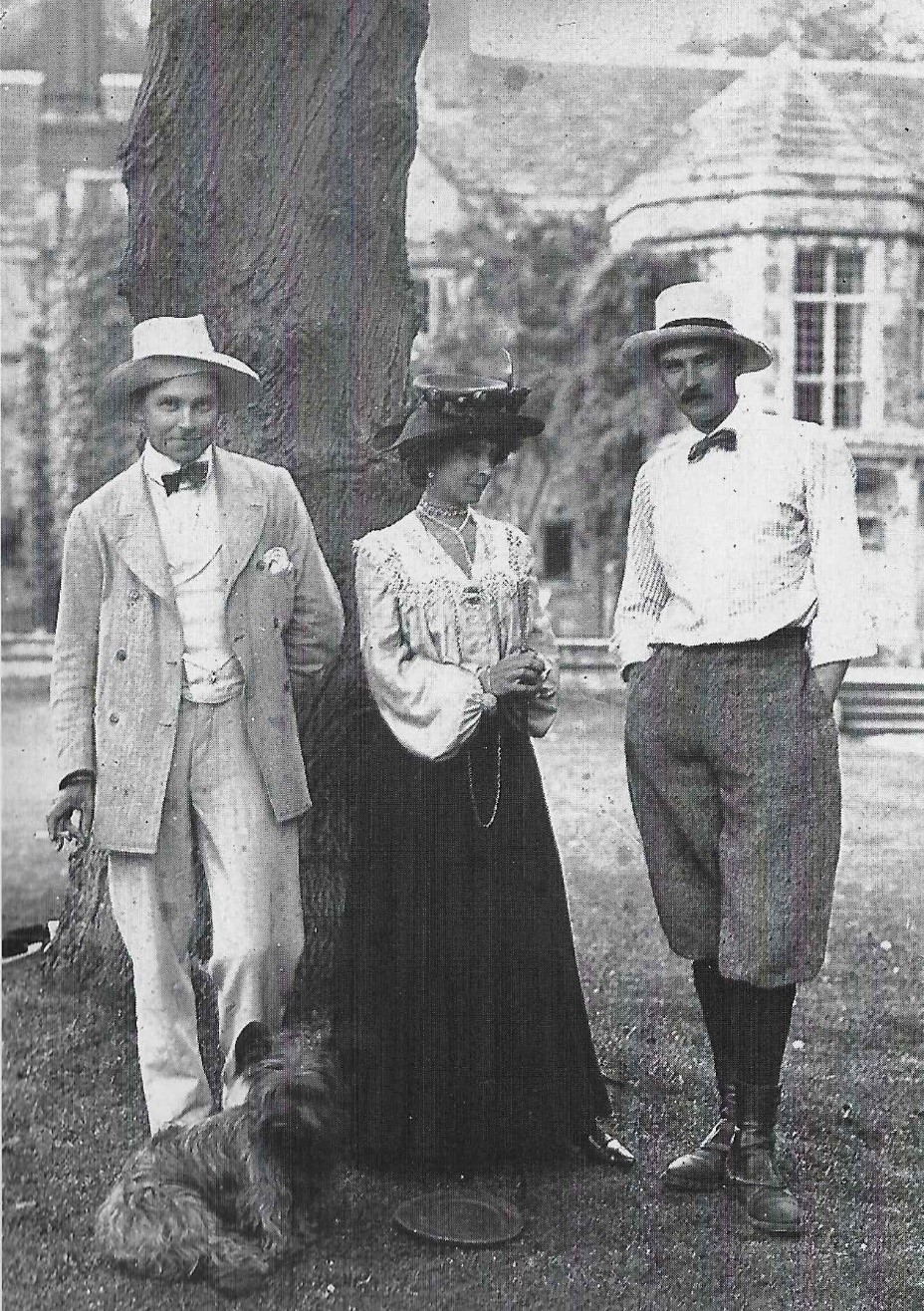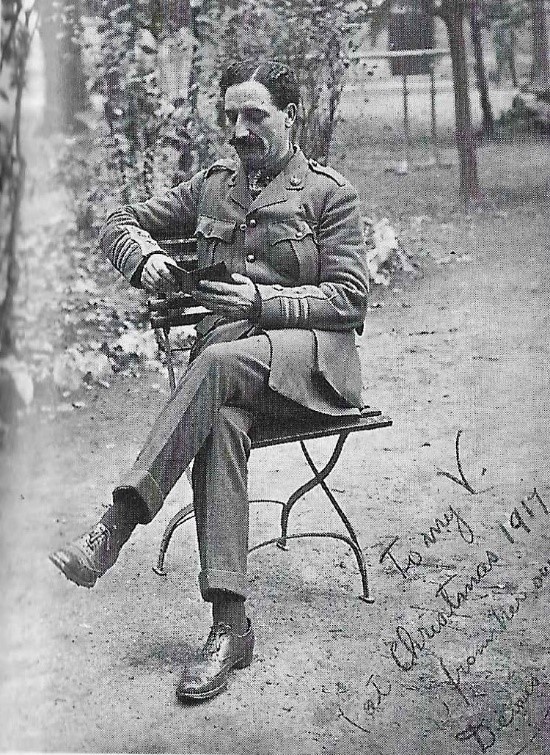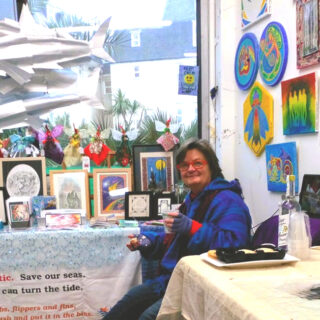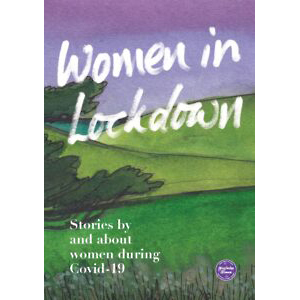ACHIEVEMENTS
Violet wished to become a professional musician, something that her father would not allow her to do, for it was beneath their rank in society for her to be performing publically as a single woman. Therefore, the only solution was marriage. A suitable match was found in 1893 with Lord Gage, who lived relatively close by at Firle Manor. However, this match was supposedly called off because Violet was so horrified when her mother explained to her about the birds and the bees.
Two years after this, Violet attended a party hosted by her brother Rupert. Here she met one of his university friends (John) Gordon Woodhouse. Gordon and Violet married soon after on the 30th July 1895, their marriage was not conventional, it was platonic and a means by which Violet could break free from her father’s control, and progress her musical career. Gordon is often seen as being happy to play a supporting role to Violet and her ambitions, he was content to see her flourish and indulge her every whim, to the extent that soon after their marraige when they moved to London she managed to get him to change his name to (John) Gordon Gordon-Woodhouse so that she could call herself Violet Gordon-Woodhouse.
While Violet would never become a true professional musician, she quickly became recognised for her talent and ranked alongside many of the best professional keyboardists of her day; the Italian composer, pianist, conductor and much sought after teacher Ferruccio Busoni described Violet as ‘one of the greatest living keyboard artists’. Initially she was given lessons by Oscar Beringer and continued these lessons into her married life. It was in 1896, that Violet first went to a concert given by Arnold Dolmetsch, a French musician and instrument maker who had written about his revival of 16th and 17th Century music. She was so taken by him that she began lessons with Dolmetsch, and soon became proficient at the harpsichord, clavichord, virginals and spinet.
Around the turn of the century Violet separated from Dolmetsch, and fell under the influence of her new teacher Agustín Rubio, whom she had met in 1898, and became like a father figure to her. Under Rubio Violet would concentrate on her phrasing and the feeling of the music, he also introduced Spanish influences into her repertoire, and during this time she mixed with many Spanish artists.
Up until the First World War Violet had had a flourishing amateur career but things changed dramatically in the post war years, her father died during the war leaving her out of his will which meant money was very tight. It was at this point in her career that Violet was forced to take on Ibbs & Tillett as her agents in an attempt to earn some money, this would be the closest that Violet got to becoming a professional musician and she was soon snapped up to play in private homes.
In July 1920 Violet made history by being the first person to ever record the harpsichord, and she signed a four year contract with the Gramophone Company to record Bach, Scarletti, Couperin, and early English folk dances for £400 a year. Although Violet’s recording career would last less than 10 years, her recordings are clearly in Violet’s own style and demonstrate her rhythmic precision and flair. By 1927 Violet’s circumstances had changed again and on on the 29 March 1927 she performed her last ever recital with Ibbs & Tillett at the Grotrian Hall. However, she did not allow her technique to slip and still performed to intimate gatherings at her house.
Violet was undoubtedly regarded by those that heard her play as, on a par, if not the greatest harpsichordist and clavichordist of her day. The closest parallel in terms of musical ability that there was to Violet in her day was Wanda Landowska. Landowska was a professional musician, she toured Europe and America playing the harpsichord, she was a prolific writer, and she taught music, with many of her pupils becoming eminent harpsichordists in their own right. Many people still saw Violet as the better musician due to the feeling and expression that she was able to put into the music that she played.
To read Lizzi’s full research click here
- Downloads
- Gallery
- Video
- References
Sorry, there are no videos here.
Daily Telegraph, 18/09/1920, Harpsichord Records, The Telegraph Historical Archive. Accessed October 2017.
Dellamora R, 2011, Radclyffe Hall: A Life in the Writing, University of Pennsylvania Press: Philadelphia.
Droesch K, 2004, The 7 Sexiest Seductresses of all time, Huffington Post. Accessed October 2017 URL: https://www.huffingtonpost.com/2014/01/25/seductresses-in-history_n_4638282.html.
Douglas-Home J, 1996, Violet: The Lives and Loves of Violet Gordon Woodhouse, The Harvill Press.
2004, ‘Woodhouse, Violet Kate Eglinton Gordon (1871-1948)’, Oxford Dictionary of National Biography, Oxford University Press. [http://www.oxforddnb.com/view/article/67845, accessed 21 Nov 2017].
Salter L, 2017, “Landowska, Wanda” Grove Music Online, Oxford Music Online, Oxford University Press (Accessed October 2017) <http://www.oxfordmusiconline.com/subscriber/article/grove/music/15951>.
Schott H, 1997, Review: Pioneer Harpsichordists on CD, Early Music, Volume 23: Number 3, 513-516.
t


